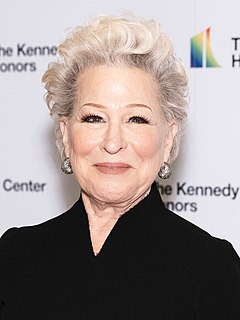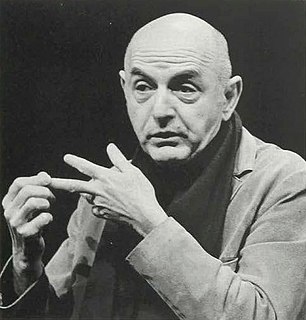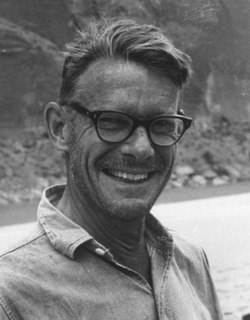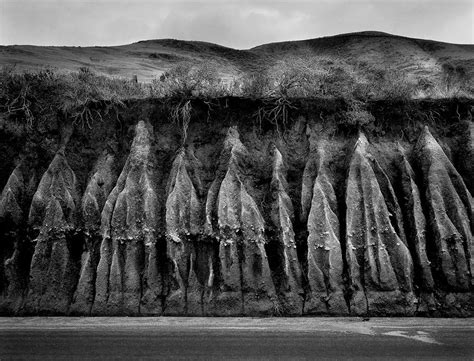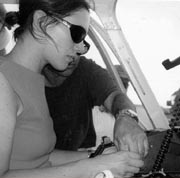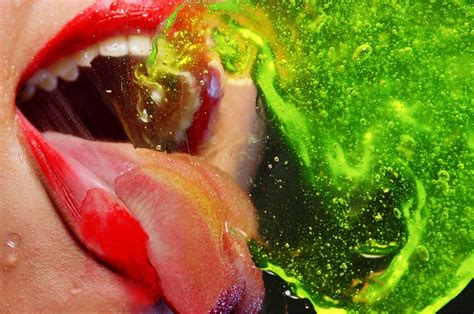A Quote by Damian Loeb
Ironically, my paintings don't photograph well.
Quote Topics
Related Quotes
How foolish of me to believe that it would be that easy. I had confused the appearance of trees and automobiles, and people with a reality itself, and believed that a photograph of these appearances to be a photograph of it. It is a melancholy truth that I will never be able to photograph it and can only fail. I am a reflection photographing other reflections within a reflection. To photograph reality is to photograph nothing.
The paintings are not just on flat walls - you have these enormous niches, bulges and protrusions, as well as stalactites and stalagmites. The effect of the three-dimensionality is phenomenal. It's a real drama which the artists of the time understood, and they used it for the drama of their paintings.
I think that people tend to look at the paintings as being resolved or finite. But, to me, a painting can be an index for all of the paintings I've done and all of the paintings I'm going to do. It's like if I'm doing a film of the Olympics, I'm not examining a specific sport; I'm interested in the overall context.


